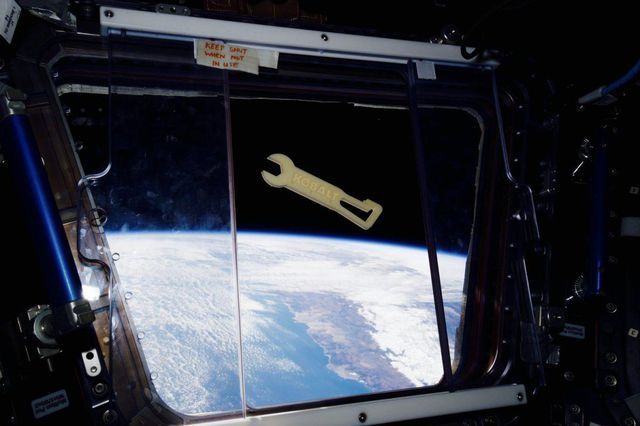Although Hurricane Patricia was one of the most powerful storms ever recorded, that didn’t stop the National Oceanic and Atmospheric Administration (NOAA) from flying a scientific aircraft right through it. Now, the researchers have reported their findings, including the detection of a beam of antimatter being blasted towards the ground, accompanied by flashes of x-rays and gamma rays.
Scientists discovered terrestrial gamma-ray flashes (TGFs) in 1994, when orbiting instruments designed to detect deep space gamma ray bursts noticed signals coming from Earth. These were later linked to storms, and after thousands of subsequent observations have come to be seen as normal parts of lightning strikes.
The mechanisms behind these emissions are still shrouded in mystery, but the basic story goes that, first, the strong electric fields in thunderstorms cause electrons to accelerate to almost the speed of light. As these high-energy electrons scatter off other atoms in the air, they accelerate other electrons, quickly creating an avalanche of what are known as “relativistic” electrons.









